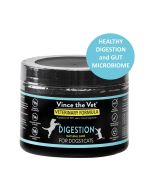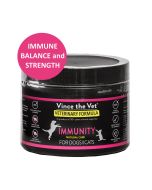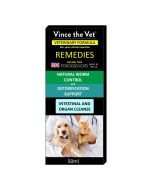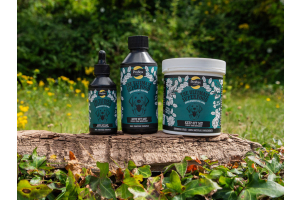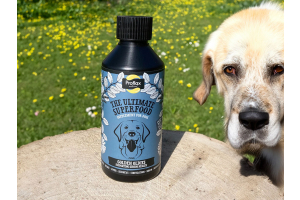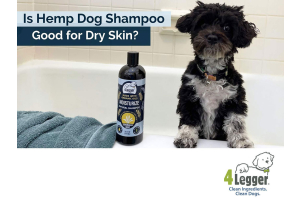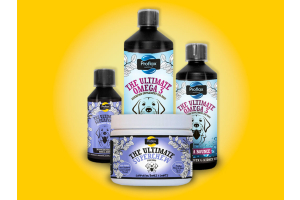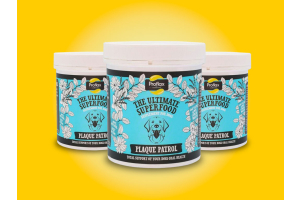
Does your pet suffer from:- recurrent ear problems, inflamed, smelly feet, an itchy bottom, anal sac irritations or thrush in the mouth, nose, gut or genital tract? Tried all sorts of potions, lotions, creams, powders and sprays but still having problems? Yeasts are likely to be involved.
Overgrowth
Yeasts are micro-organisms often found on the skin and in the bowels of dogs and cats. Under normal circumstances, they form part of a living layer of microorganisms (otherwise know as the 'microbiome') which coats the surface of the skin and the lining of the gut, lungs, nasal chambers and genital tract.
When this biological barrier is healthy and the bacteria, yeasts, fungi and other organisms that comprise it are in balance, it is an important defence mechanism which helps to protect the body against harmful, foreign invaders.
If however, the microbiome is damaged or disrupted in some way (by a drug, for example) the yeasts present can multiply out of control and irritate, inflame and infect the tissues they inhabit This can occur in the gut, on the skin, between the toes, down the ears and elsewhere.
Antibiotics and Sugar
When yeast infections persist or return repeatedly following treatment, it is important to determine the underlying cause, otherwise the damage to affected tissues will get progressively worse over time.
In 'yeasty' ears, for example (where malassezia is often involved), the lining of the canal typically become more and more swollen and the ear canal narrower, as the disease continues.
Three common causes of yeast overgrowth are a) antiobiotics, b) Sugar and c) dietary sensitivities.
- Antibiotics: Prolonged or repeated courses of antibiotics kill off large numbers of the friendly bacteria in the gut and skin microbiome, which normally keep yeasts in check, by competing for available nutrients. As a result, yeasts multiply freely to cause a variety of diseases.
- Sugar: ‘Sugars’ in the diet (this includes all types of monosaccharides and disaccharides found in nature and added to foods, and include glucose, fructose, sucrose and lactose), feed yeasts and fuel their growth. (Picture beer fermenting or bread rising as the yeast present feeds off the sugar in the mixture.) Because of this, the inclusion of sugary foods in the diet, significantly increases the risk of yeast overgrowths and / or infection.
- Dietary sensitivities: When a pet eats a food that they react to (as a person does with a nut allergy, for example) the immune system, perceiving the ingredient concerned as a 'threat' to health, creates an inflammatory response. This in turn can alter the microbiome in the gut and on the skin in such a way, it favours the growth of yeasts.
Three Proven Anti-Yeast Measures
- Give pre and probiotics
- Eliminate sugar-rich foods
- Feed a single animal protein
Pre and probiotics: Given that antibiotic damage to the beneficial bacteria in the gut and on the skin (and elsewhere in the body) increases the risk of yeast overgrowth and / or infection, it is important to support the restoration of a healthy, balanced microbiome as quickly as possible following the use of these drugs.
This can be done by supplementing with Vince the Vet's Digestion (prebiotic) and a good probiotic.
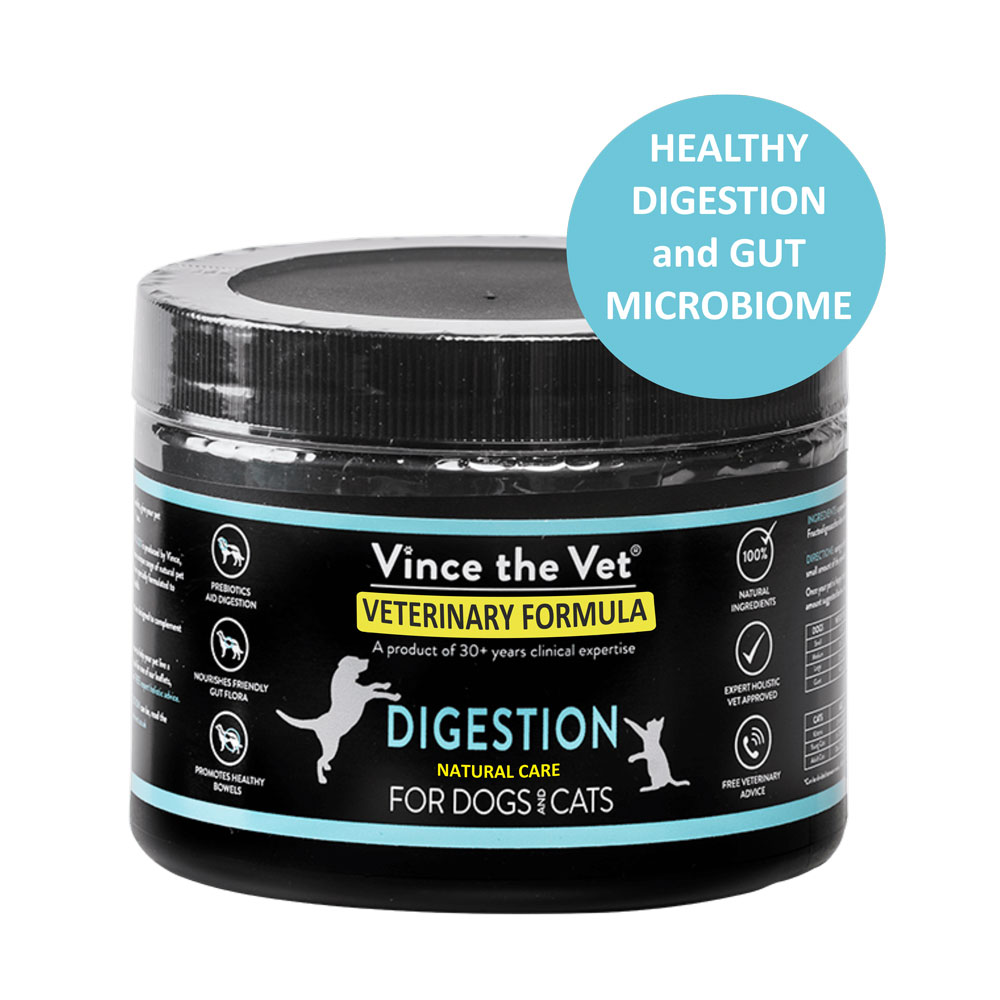
Adding Vince the Vet's Immunity to the diet, supports strong, healthy natural defences, which help the body cope successfully with exposure to pathogenic micro-organsisms and stress. This can reduce the need for further courses of antibiotics in the future, which is positive for microbiome health.
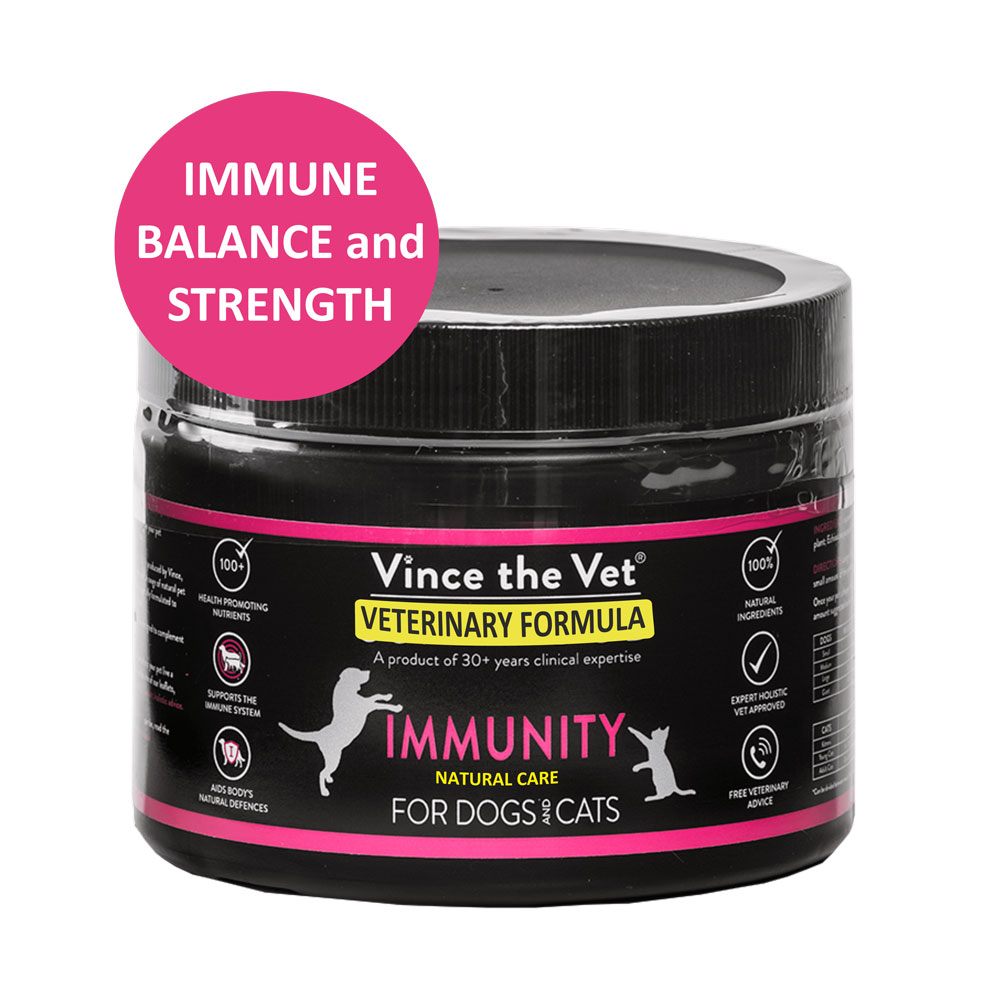
Eliminating sugar rich foods: Cutting the following out of the diet, starves yeasts of the fuel they need to thrive, and for this reason is a priority for any pet who has had any yeast related problems:
- fruits and vegetables (especially those that are 'sweet' such as beets, onions, green peas, sweet corn, peas, canned pumpkin, winter squash, carrots, tomatoes, sweet potatoes and others)
- processed pet food (kibble and canned) and treats, many of which have sugar added to maximise their appeal and addictive qualities
- biscuits
- grains
- dairy products (including ice cream and the like)
- sweets, honey, maple syrup, concentrated juices
For some dogs and cats, giving pre and probiotics, and eliminating excess sugar from the diet may be enough to starve yeasts and prevent future problems.
In many cases however, a diet founded on a single animal protein is necessary.
Feeding a single animal protein: If a pet is sensitive to a certain food or ingredient in the diet, it will continue to create inflammation in the body as long as it is fed. This commonly occurs in the bowels (resulting in diarrhoea, constipation, bloating, acid reflux and other gastrointestinal signs) and / or skin (with itching, inflammation and eruptions of various kinds being typical). Yeast infection often occurs as part of this process.
Avoiding reactive foods in affected dogs or cats therefore, is essential if flare-ups are to be prevented.
This can be achieved by trial and error, where meat from only one species is fed for around 10 days, until one is found which suits a particular pet. Alternatively, a Nutriscan test can be done, to identify which food is least likely to trigger a reaction, so this can be fed first.
Steps to take:
1. Choose one single protein such as Beef, chicken, lamb or turkey form Vince The Vet.
- animal protein from one species only
- potential number of allergens = 1, the lowest possible score
- offal included to provide nutrients which support the immune system
- highest quality, human food grade ingredients
- produced by a Defra approved manufacturer
In their clinical experience, these 4 recipes have proven highly effective at helping many dogs with dietary sensitivities and associated problems (including yeast infections).
2. Feed this for 10 days, and nothing else (including tit-bits, treats, supplements etc).
If after the end of this period there is an improvement in health, gradually start to build up the diet, one ingredient at a time, until it is balanced and complete, as described under DIET here.
NOTE: If raw is not feasible for any reason, home-cooked meat is next best.
Because of the number of ingredients and additives used (all potential allergens) in processed pet food (dried, tubed and tinned) it is very difficult to solve dietary related health problems feeding such products.
Where yeast infections are deeply entrenched, additional measures may also be necessary, particularly when they have been going on for years. These include:
- regular cleansing with Vince the Vet Intestinal Cleanse and Organ Cleanse
- minimising exposure to harmful dietary and environmental chemicals as described here
- avoiding over vaccination as examined here
- supporting healthy immune system responses following an injection or in-patient treatment at a vets
- individualised natural support using a combination of dietary changes, natural supplements and remedies
Blog written by Vince the Vet.
